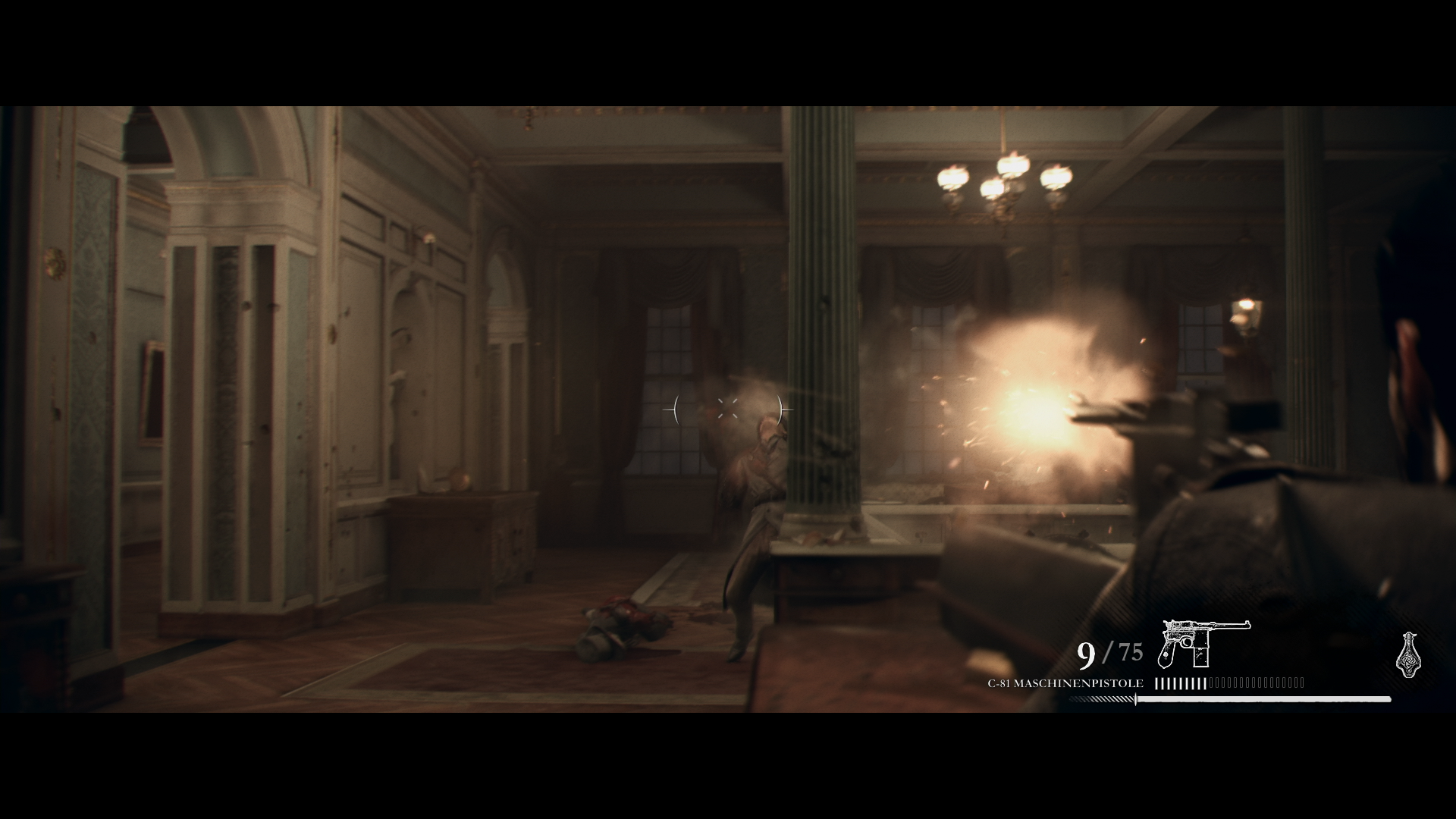When I was a kid, I remember watching my favorite movies over and over again. Repeatedly. I must have worn out my parents’ original VHS tapes of the Star Wars trilogy growing up. Alright, let’s be honest, it’s not just the kid in me. In more recent years, I’ve found myself rewatching the entire series of LOST numerous times, the whole Lord of the Rings trilogy — extended editions of course — and even the incredible works of my favorite director, David Fincher. And you had better believe that I won’t say no to Finding Nemo if you put that movie in front of me. Last week I found myself playing a game that gave me that same sense of satisfaction and wonder, and even after my second playthrough and Platinum trophy, I was still starting up The Order: 1886 one more time. Like my favorite cinematographic experiences, I just wanted to be with those characters and living that experience again.
A New Standard for Cinematic Presentation
Seamlessly integrating gameplay and cinematics, The Order sets a new standard for cinematic presentation in games. Everything is expertly crafted, from the lighting, to the dialog, and even down to the camera movements and scene changes. The times when there are quick-time events, or QTEs, serve to involve and immerse the player in what is going on in the story and the scene, and they rarely, if ever, feel forced upon the player for the sake of needing to fill more gameplay. Instead of simply watching Sir Galahad break a man’s arm, you get to mash the X button to involve yourself, feeling the tension and the pressure as the bones are stressed to their limit and then…. SNAP! It’s one of those moments that presents a sense of enthrallment in a way that only games can.
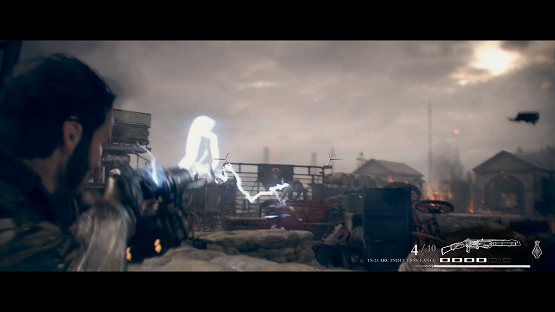
Fortunately the game is not just a QTE-filled movie. There is a passable third-person shooter here that gives players control of Galahad as he and the rest of the Order of Her Majesty’s Royal Knights seek to combat the half-breeds; Lycans who are wreaking havoc on a late 1800s London. The pacing of the game is phenomenal and in all three of my playthroughs, I never felt that I was repeating a section or grinding something out. Every weapon has a weight and an impact that make it feel unique and powerful. Whether its sniping for a comrade, battling waves of bedlamites, sneaking through a garden, or blasting bits off of rebels with an arc gun, each scenario provided fresh experiences and delivers that story in a way that makes sense rather than feeling disconnected.
However, some of the combat scenarios could have been more complex and required more strategy. On normal difficulty, there are a few fights in which I never left the same cover, just popping out to kill enemies until the scenario ended. These fights could have been more dynamic, requiring movement and strategy to beat, though hard mode does help to increase the need to move around in combat. This wasn’t present in every combat scenario in the game, but enough to be memorable. The most disappointing fights were the three battles versus Lycans. The Lycan AI is terrible and taking on these half-breeds is more annoying that it is terrifying or difficult. I’d much rather take on rebels with a slew of armament on a war torn bridge than have to involve myself in another shoddy 3 vs. 1 Lycan battle, in which they run away, charge you, rinse, and repeat, sometimes passing right by you if you enact a kill animation on another Lycan.
Funneling Through the Narrative
The Order: 1886 is riveting and cinematic game, and when telling a certain story and trying to achieve a certain pacing, there’s not much room to let players explore outside of the beaten path that is set. Each time I played, I explored everything that I could, and though I missed some things and certain small rooms and areas on my first run through, my second playthrough was enough to pick up what I had missed in order to get my Platinum trophy without any kind of guide. The Order: 1886 is designed to funnel you through the narrative and to keep the pacing at a certain… well… pace. Imagine constantly pausing a movie to scrutinize each scene. This is the kind of thing Ready at Dawn clearly didn’t want to happen, so when you are supposed to be chasing down a rebel commander or a bunch or rogue bedlamites, expect to find a lot of blocked doorways and quickly terminating dead ends that are there to guide you to the next narrative point in the game. Most of these blockades are crafted well enough that it rarely makes the game feel like it is forcing you down a hallway, though.
Immersion is the key in making things like QTEs or locked doors go from gaming tropes to things that help guide the narrative along. These things by themselves can be bad, but when used as proper tools to help immersion, they can become unnoticeable. There was one tool in The Order that broke immersion on more than one occasion and that was the consistent hand-holding. “Use the right analog stick to look around.” Are you kidding me? I’m well aware that is what makes me look around. And this is a message that I not only got at the start of the game, but a number of hours in as well.
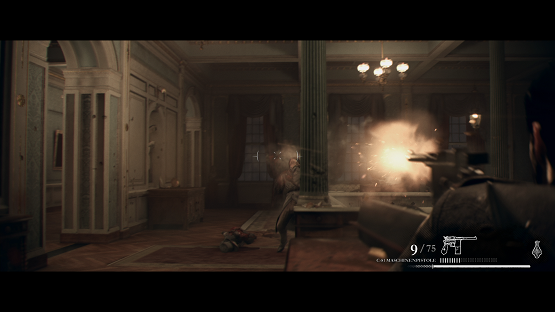
In fact, throughout the entirety of the game, these basic tutorials kept popping up to continue to let me know how to play, all the way through to the final scene. Ready at Dawn, please give me an option to turn these off. Or perhaps detect that I’ve played it before, so that subsequent playthroughs can be tutorial free. Or ask me if I need them at the start. Don’t assume I’m a casual gamer. In a game where immersion is a key element in making it great, the distraction of telling me how to do little things over and over throughout my experience was quite disappointing to see, especially on my third playthrough on hard.
That Part About the Game’s Length
With all the talk about game length recently, I know you’re wondering how long it took me to make it through the game, so I’ll lay it out for you. My first playthrough on normal was done in eight hours. My follow up Trophy run on easy was done in about six. And my third playthrough on hard for the enjoyment of the game was in the ballpark of nine to ten hours, though I wasn’t really paying attention to the clock. I didn’t care. In fact, The experience is as long as you want it to be. For me, I have now gotten over 20 hours of enjoyment out of The Order, and wouldn’t mind going through it again in the future. It’s not about the base length of the game. Like my favorite movies that I constantly rewatch, I just love to envelop myself in the experience, and The Order: 1886 does an incredible job at that immersion (when Ready at Dawn’s version of Clippy isn’t annoying you with how to play the game).
Being the best looking game on the PS4 currently also doesn’t hurt; and The Order: 1886 takes strides in the production and development of its cinematic presentation that will hopefully reverberate throughout the industry. Without spoiling anything, the game is clearly left open for at least one sequel, and I wouldn’t be surprised if this became a whole franchise. I was a little annoyed that it felt like they just lost the last third of the script, as there was very little conflict resolution, and I was left with more questions than answers by the time credits were rolling, but I’m still very eager to see how they can raise the bar on their next title when this one is set so high.
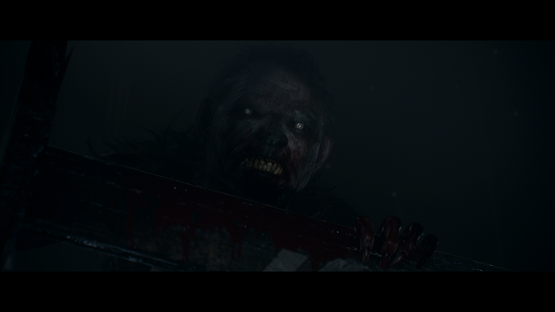
The Order: 1886 flaunts its interactive cinematic presentation, and it plays that card well. Despite this, it will continue to incite debate about overall length, being story heavy, and not allowing much freedom for the player. If these are things that bother you, then The Order was not developed for you. The decision will need to be where each player places value in their video games. This is an immersive game for people who want to sit back — or on the edge of their seat — and let themselves become engrossed in the story of a Knight in turmoil fighting against a supernatural force. Give The Order a go yourself, and perhaps you’ll find yourself diving back into it as much as I’ve rewatched Jurassic Park over the last twenty years. It may not be perfect, but The Order: 1886 is an immersive cinematic experience and a damned good ride worth going back to.
The Order: 1886 review copy was provided by the developer. For information on scoring, please read our Review Policy here.
-
Superb cinematic presentation
-
The pacing is excellent
-
Fun gameplay that makes the experience immersive
-
Great story and characters
-
The never ending tutorials
-
Half-breed battles are boring, as their AI is terrible
-
Story ends abruptly, as if they lost the last third of the script
The Order 1886 Review
-
The Order: 1886

-
The Order: 1886
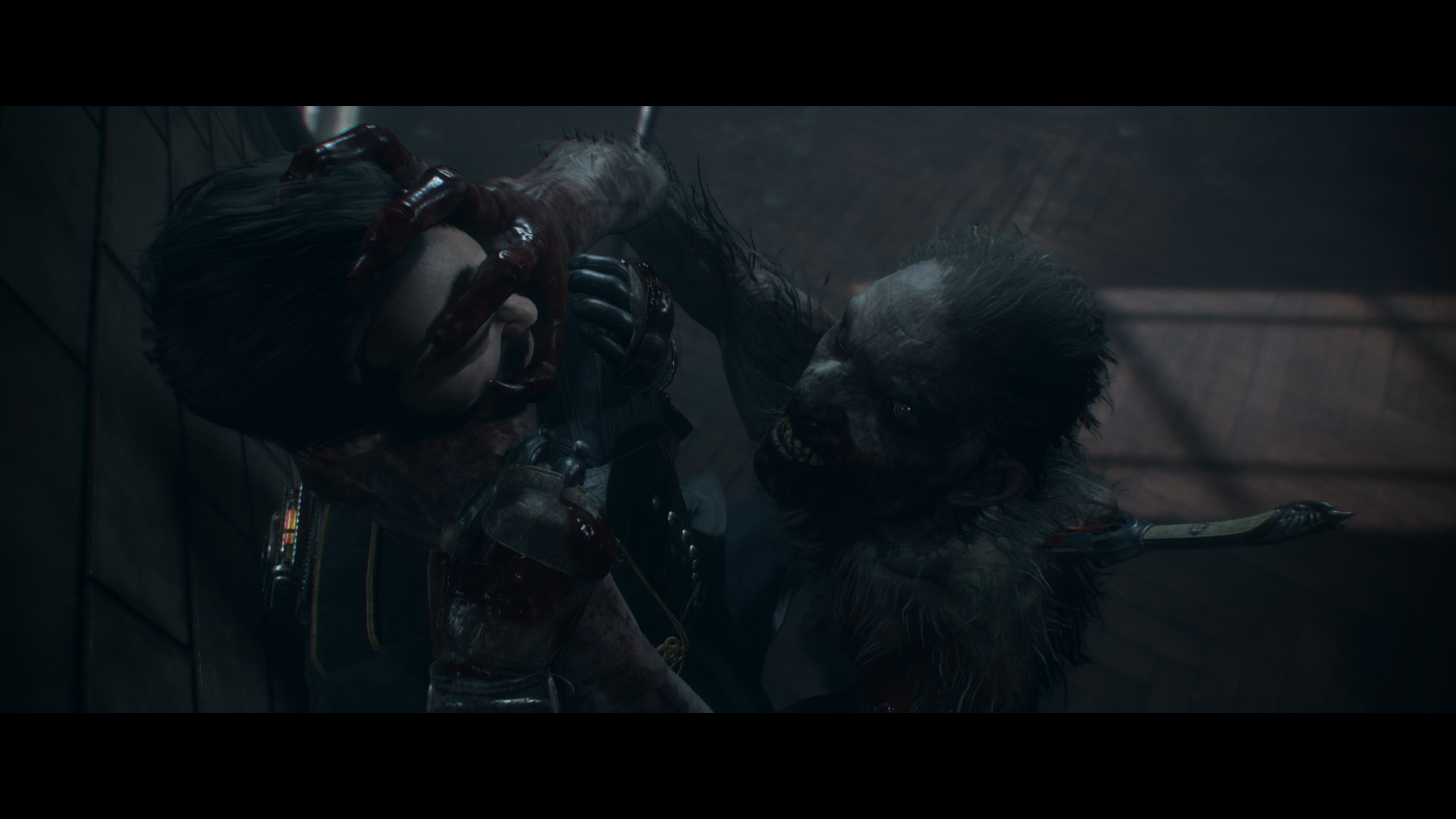
-
The Order: 1886
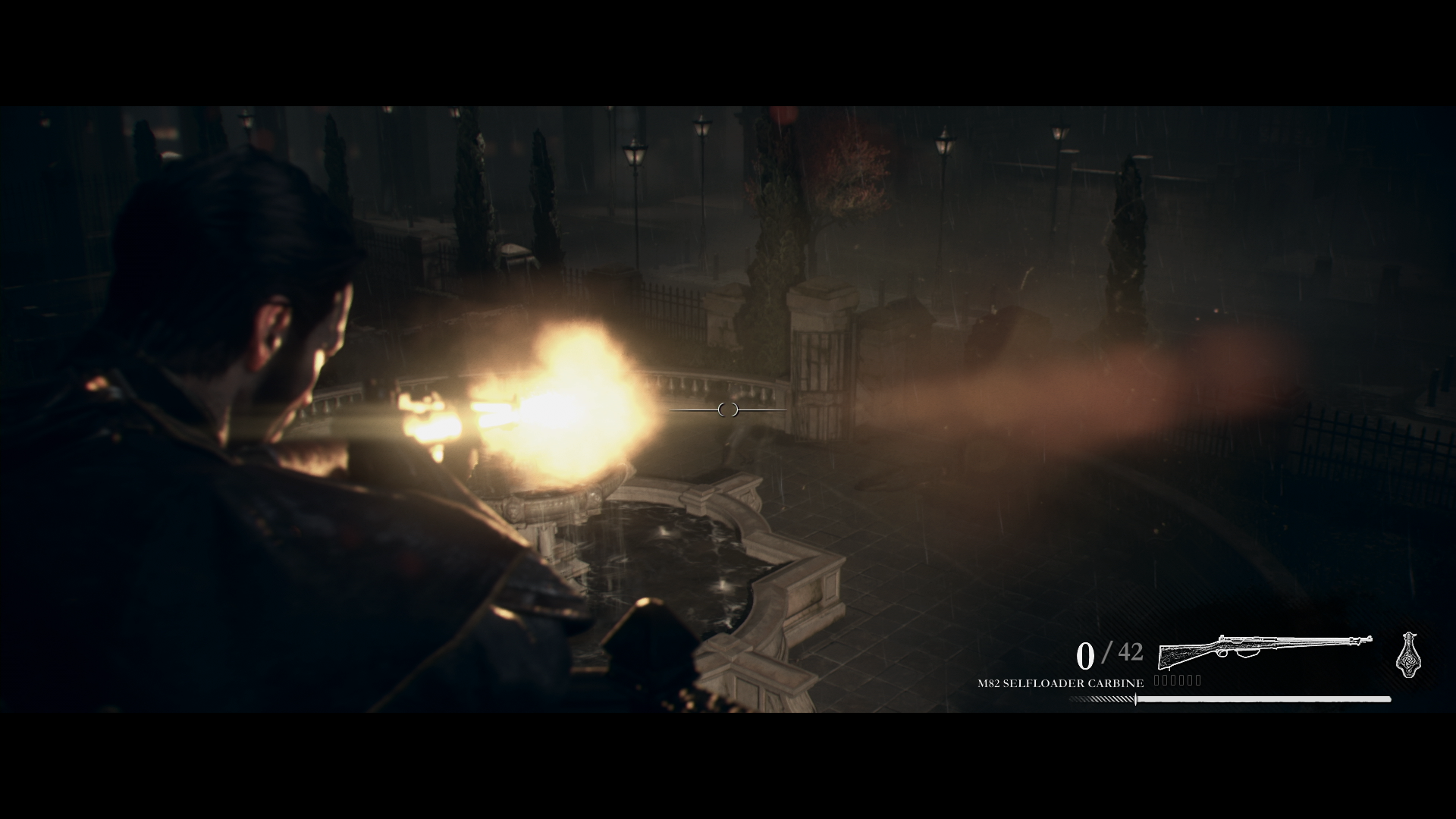
-
The Order: 1886
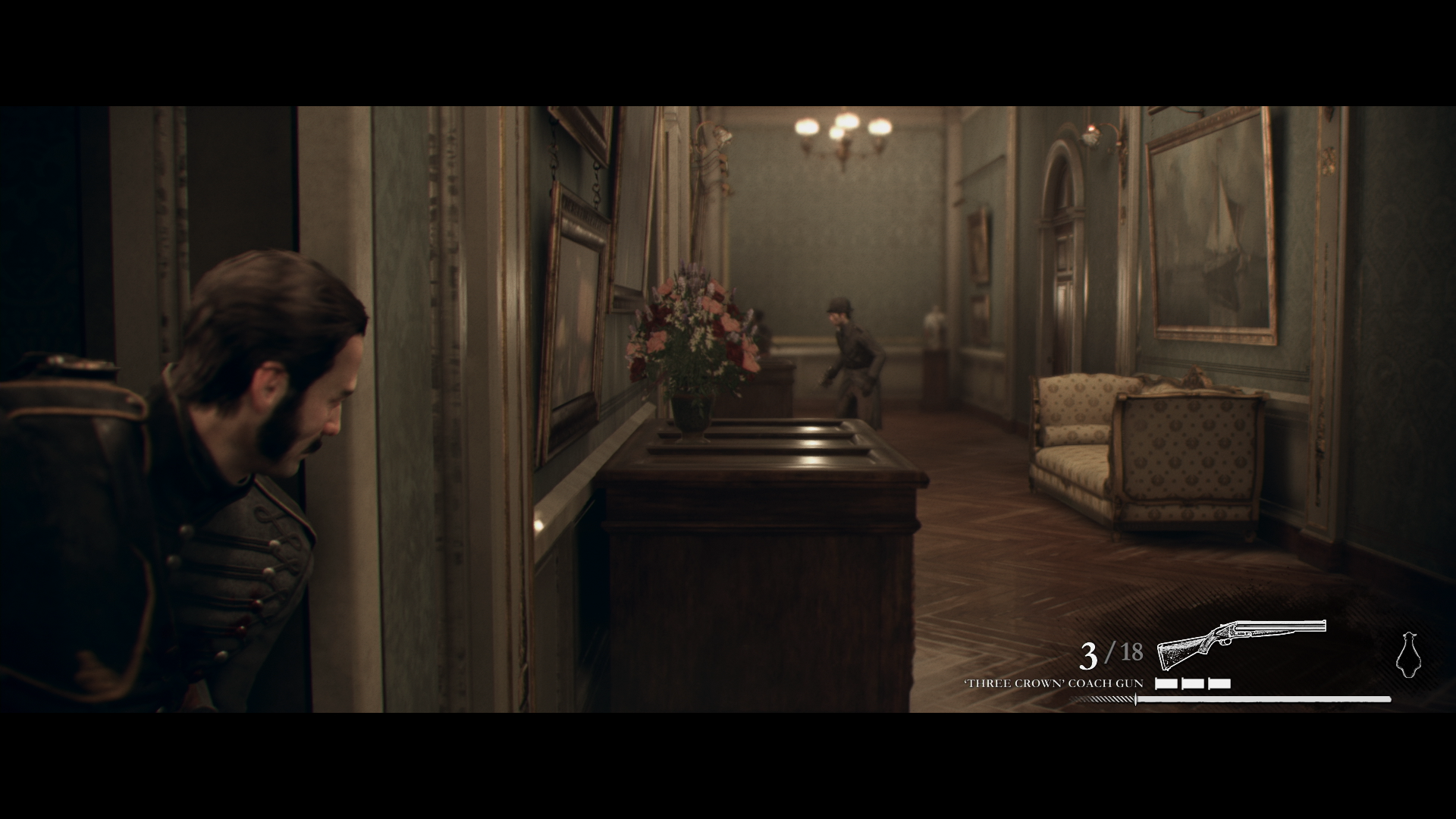
-
The Order: 1886
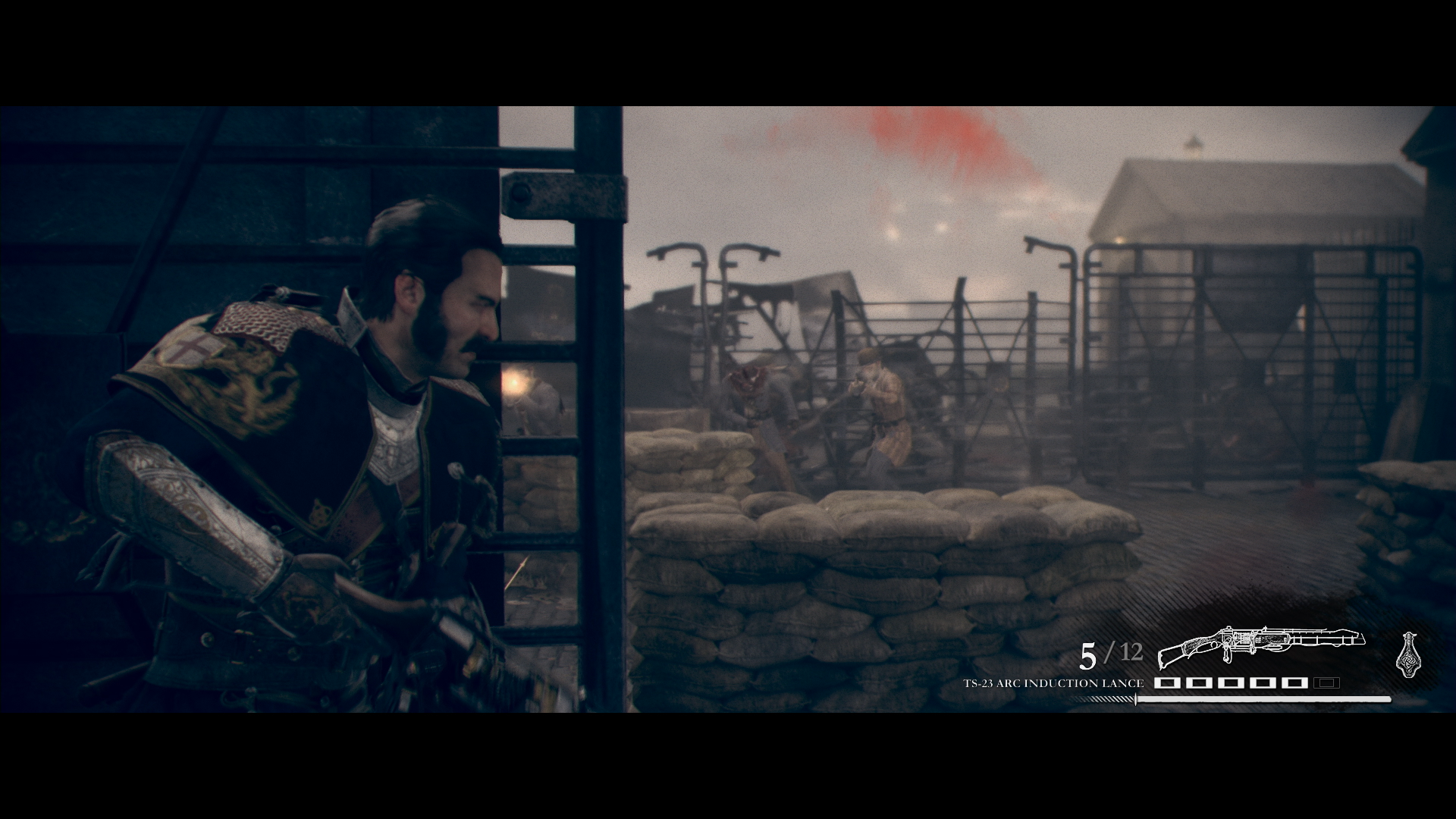
-
The Order: 1886
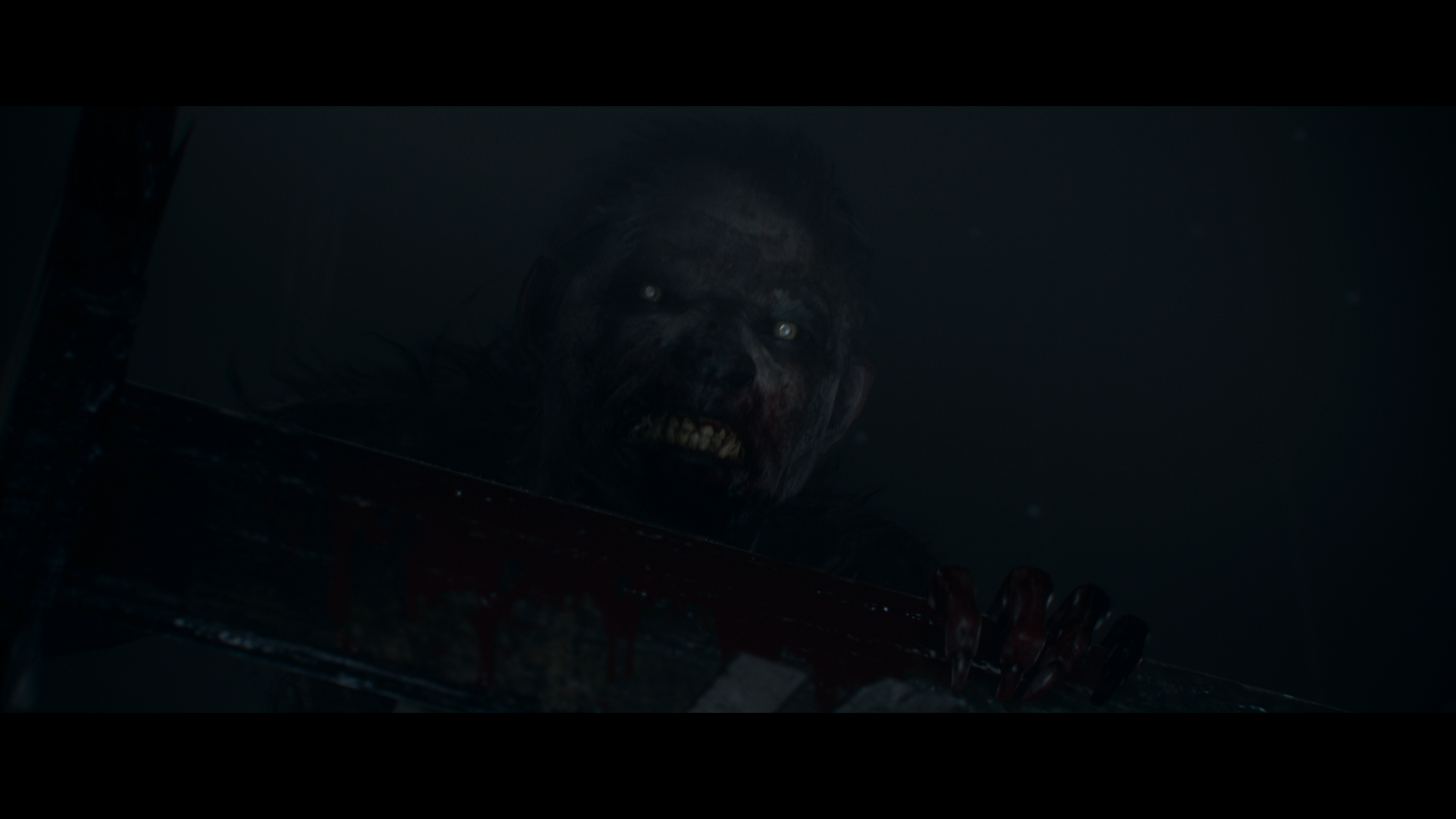
-
The Order: 1886
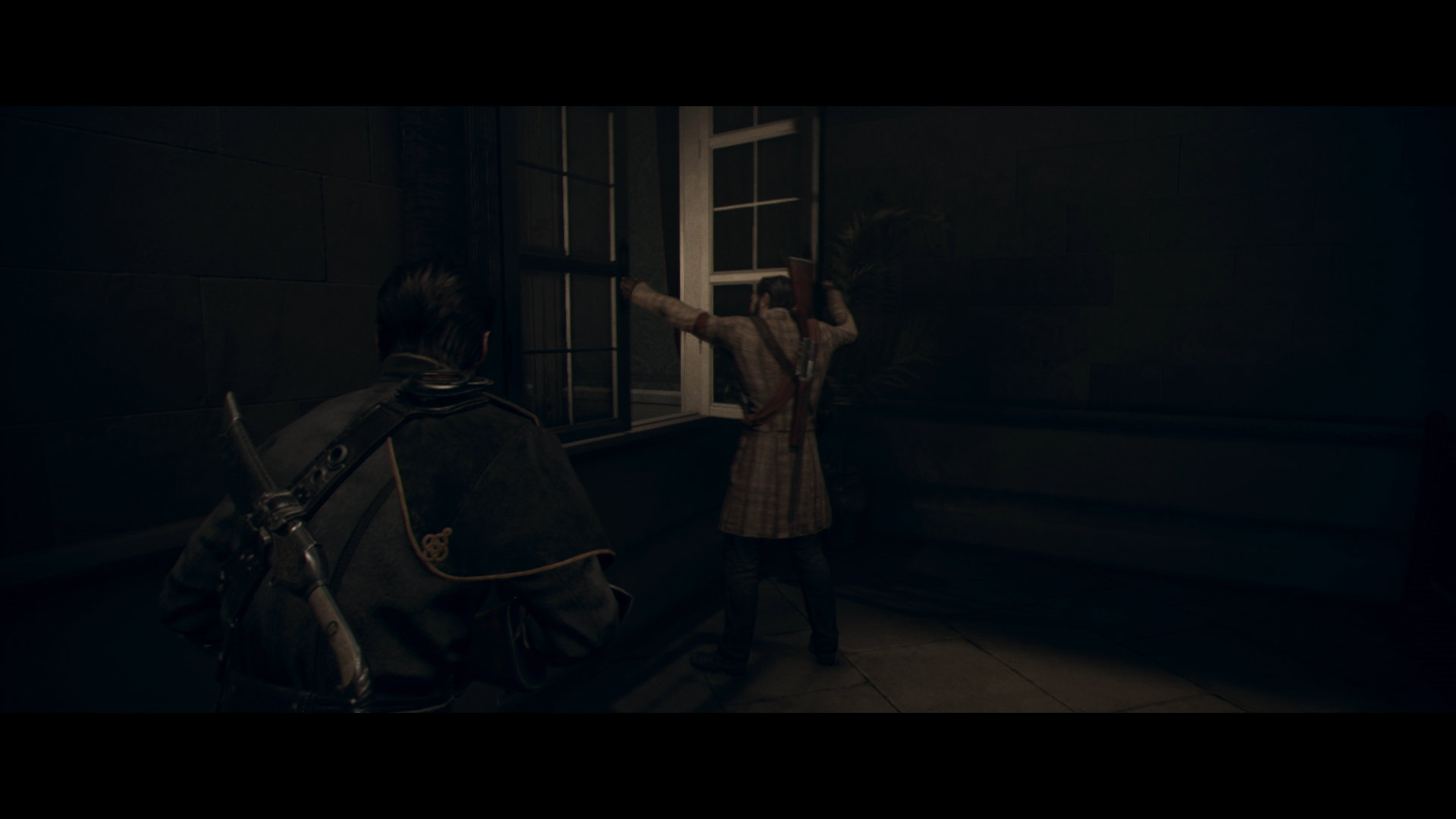
-
The Order: 1886
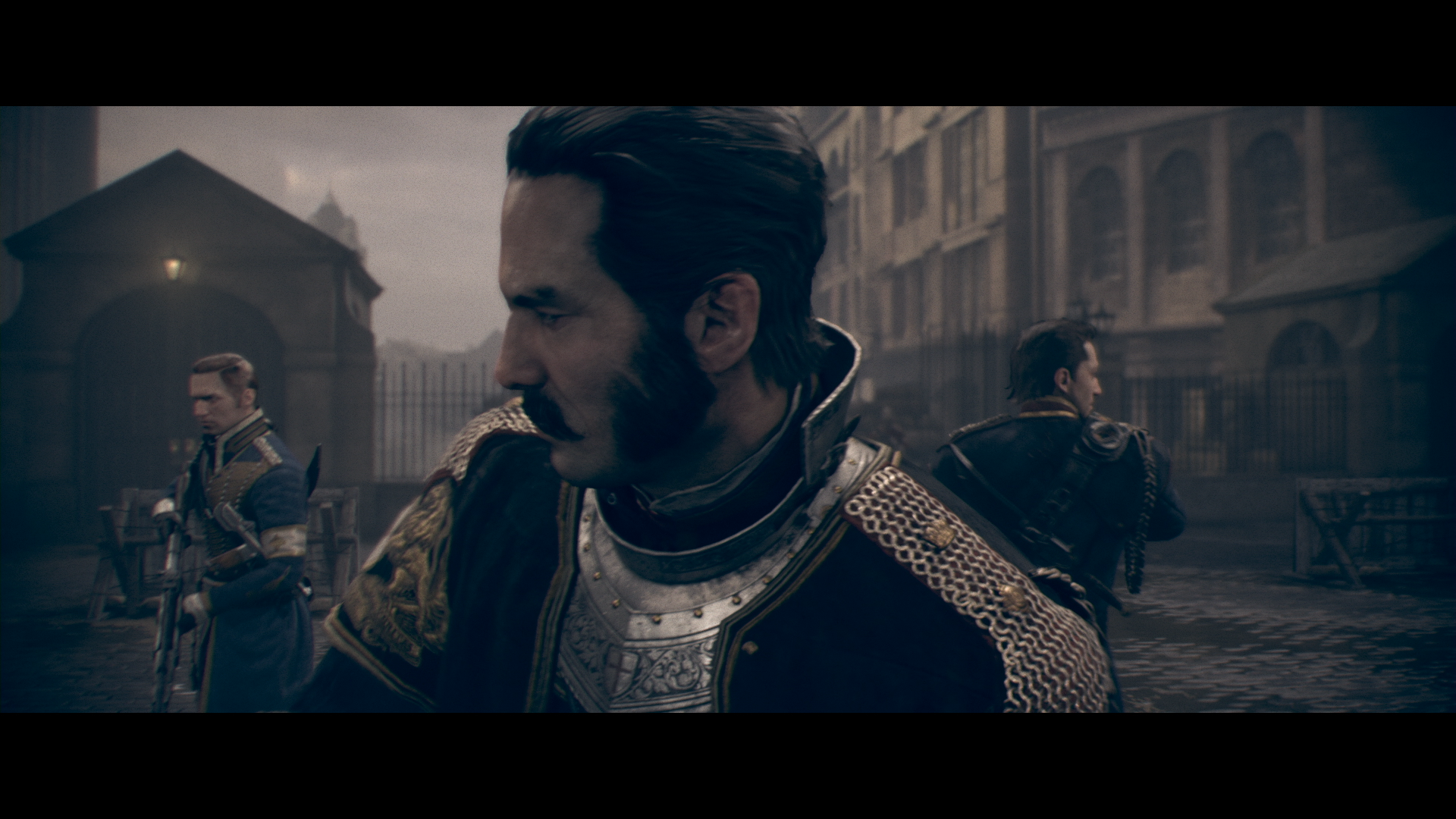
-
The Order: 1886
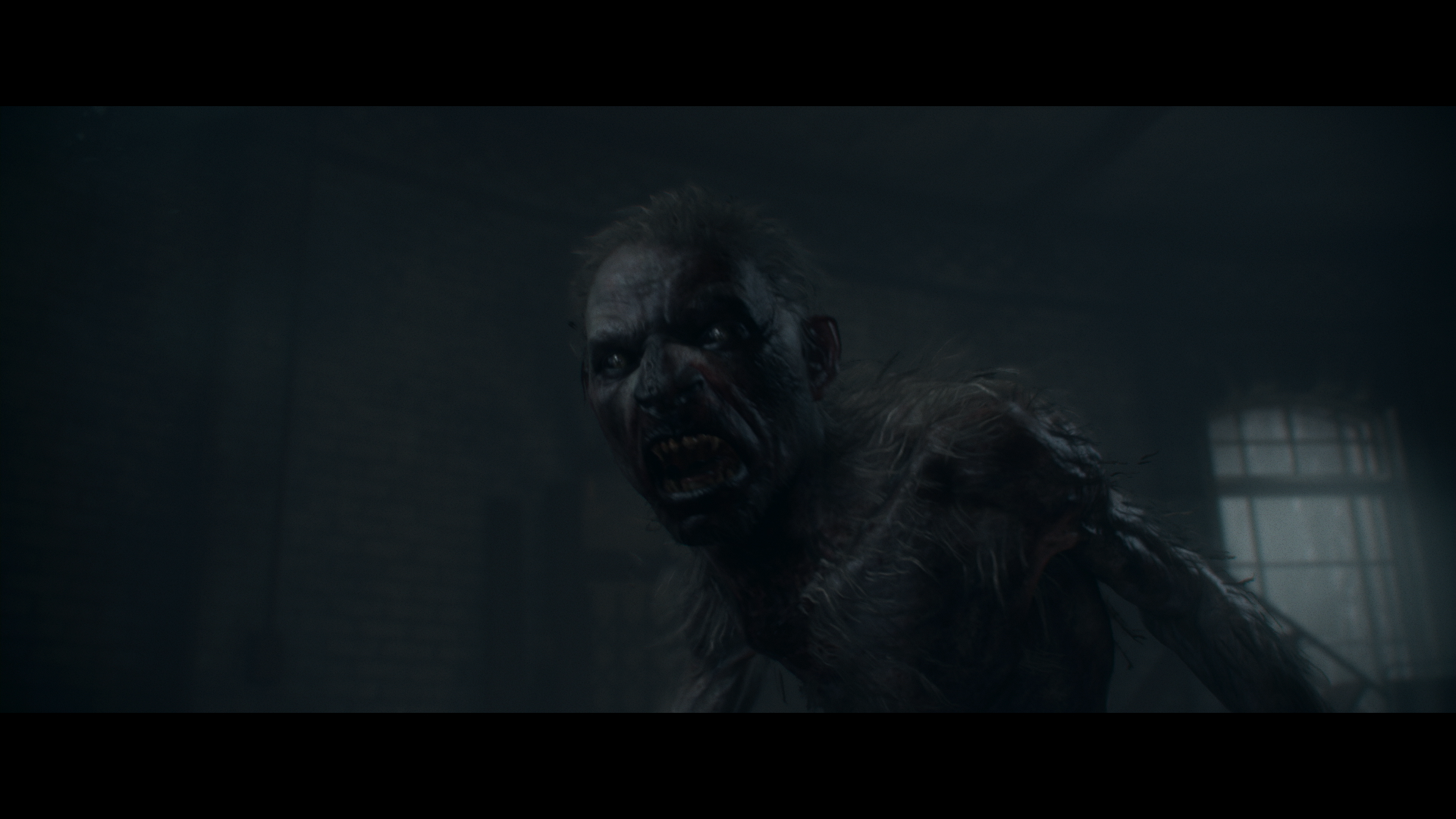
-
The Order: 1886
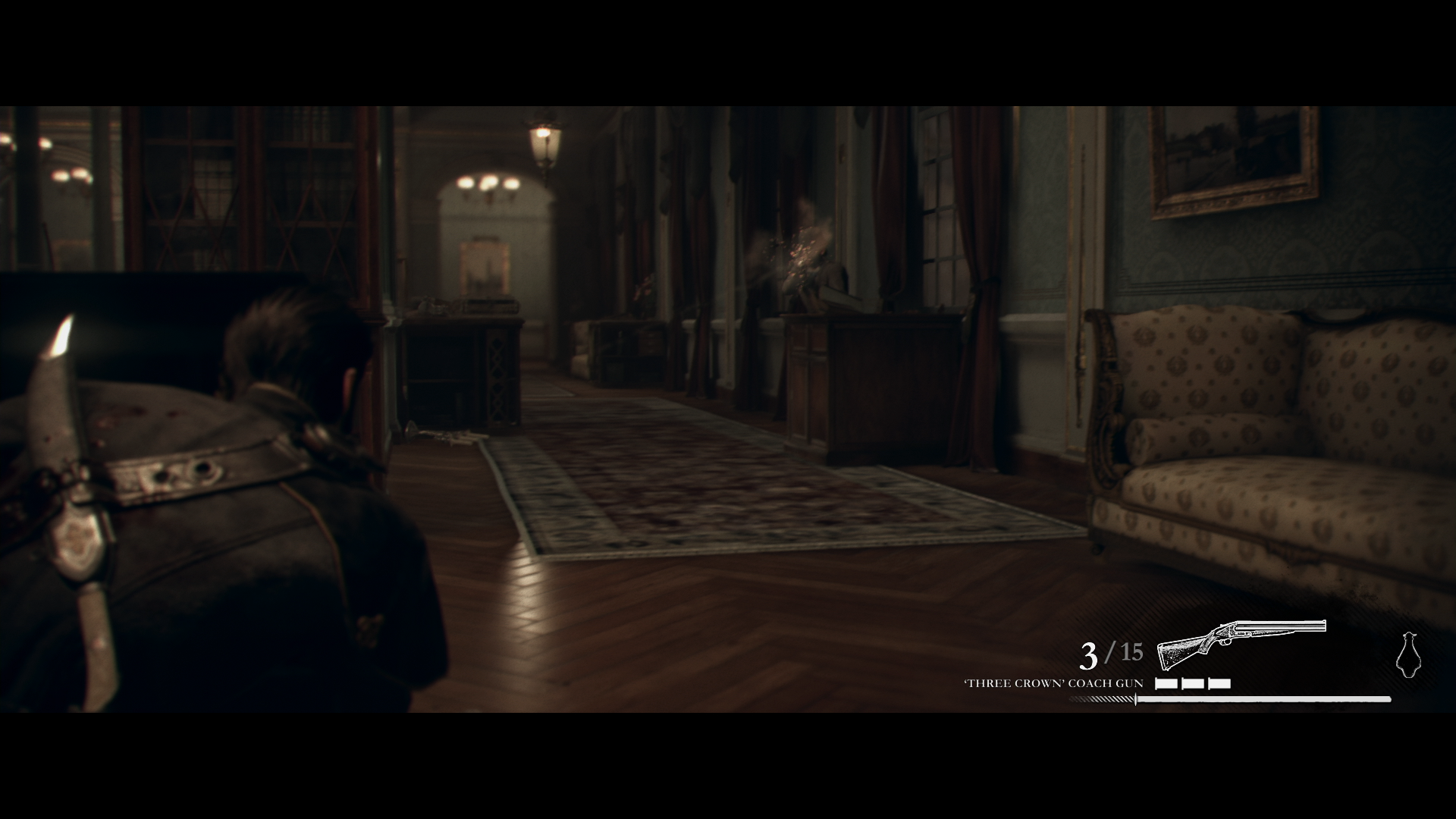
-
The Order: 1886

-
The Order: 1886
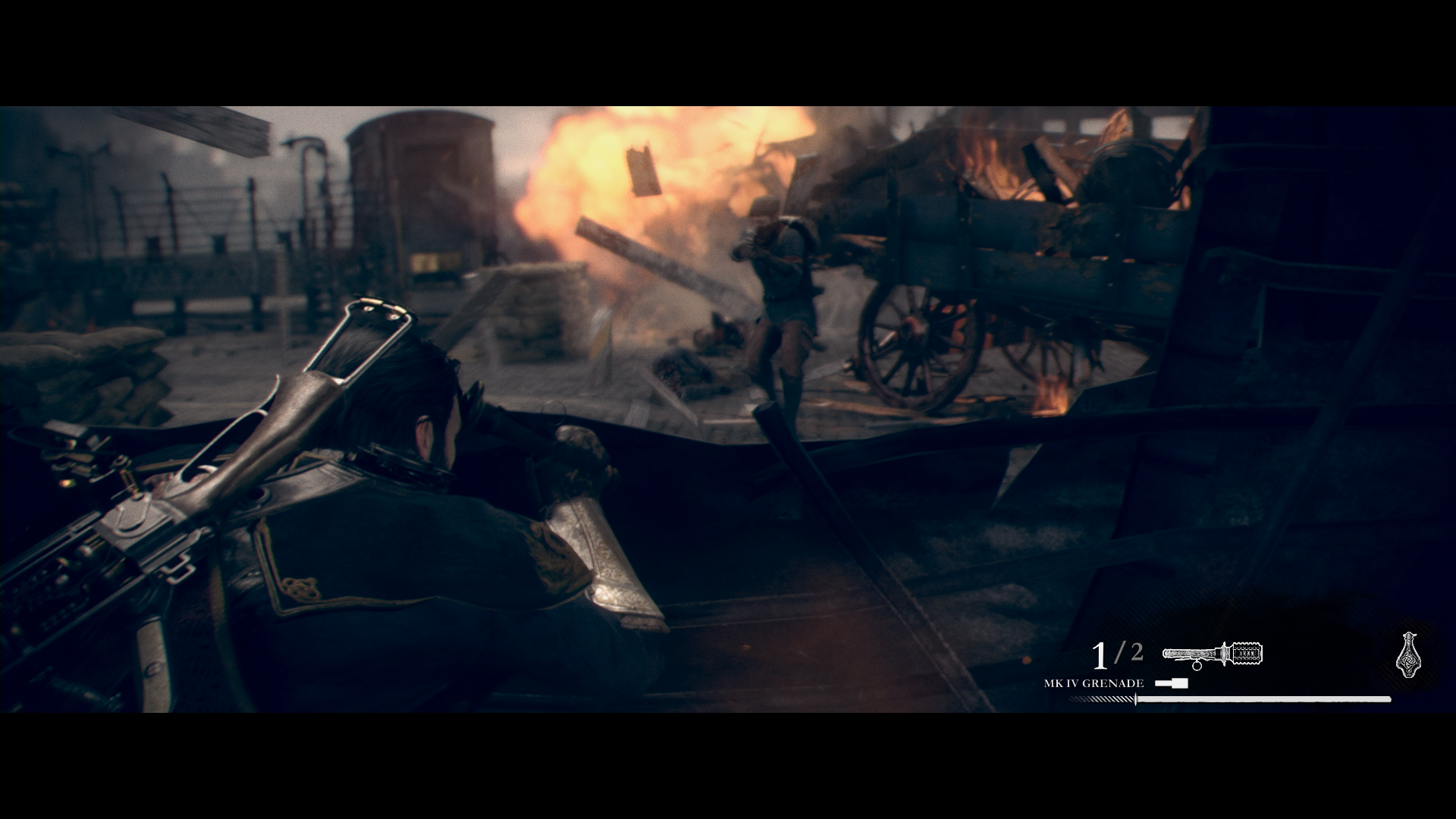
-
The Order: 1886
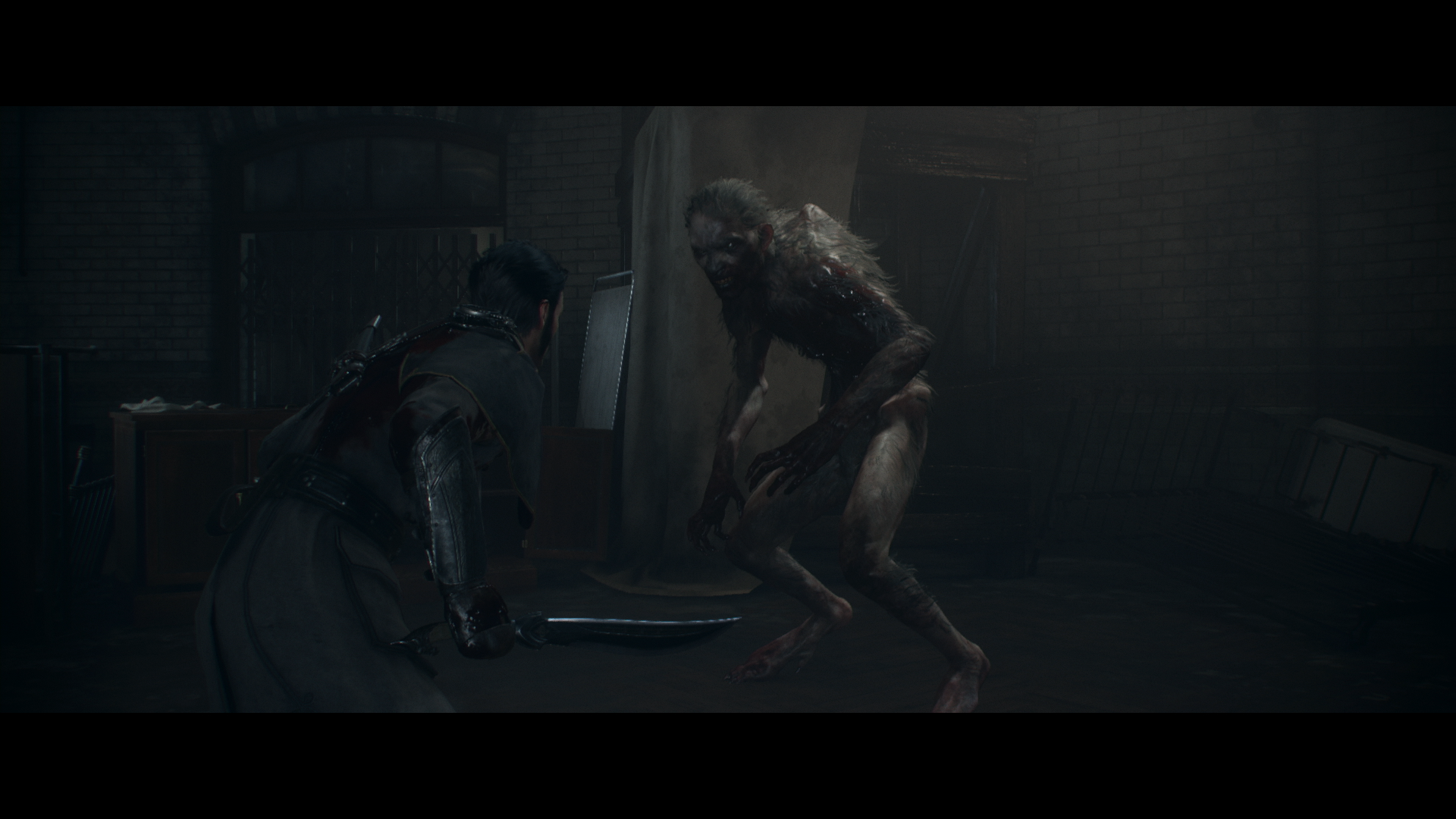
-
The Order: 1886
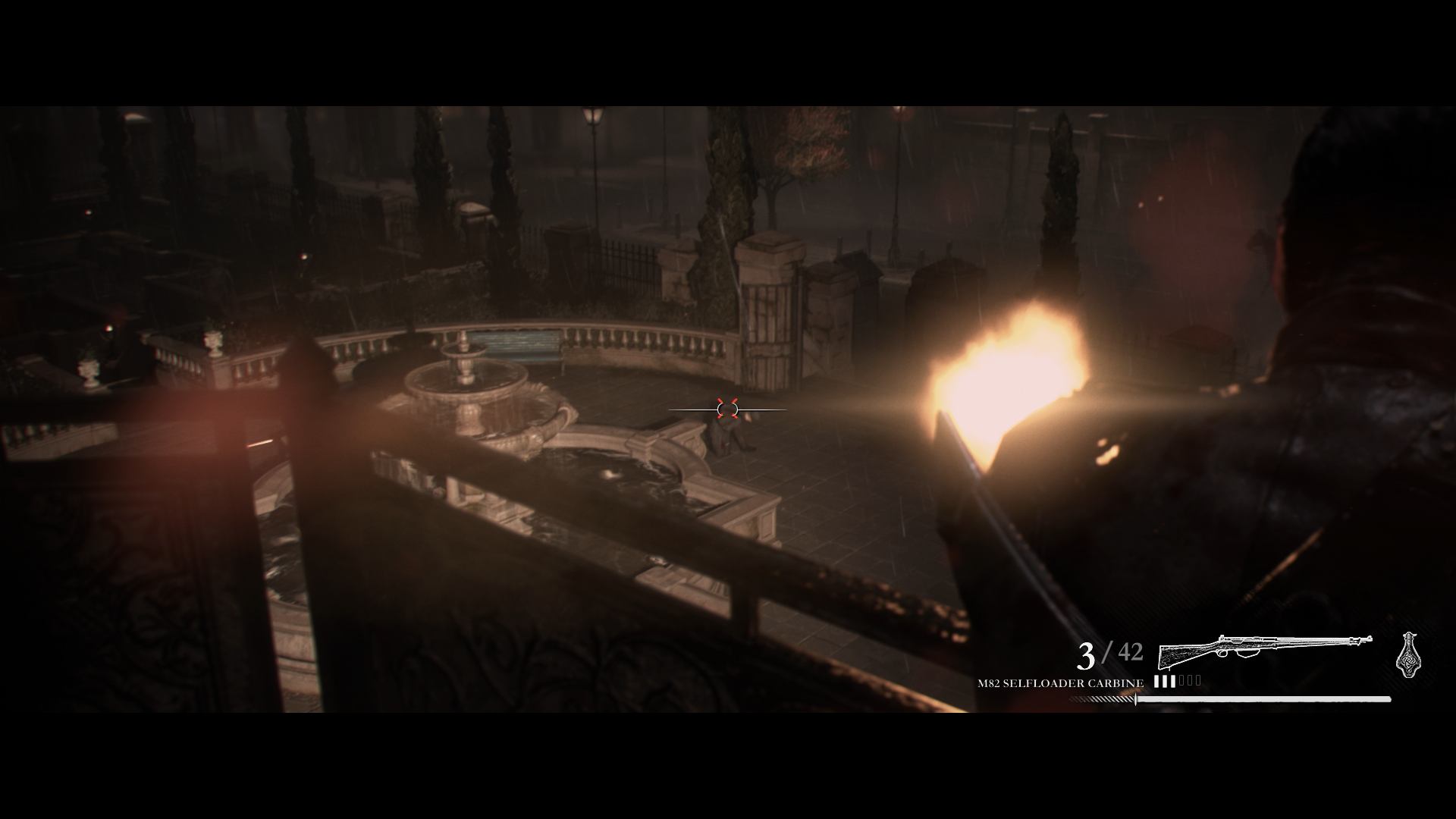
-
The Order: 1886
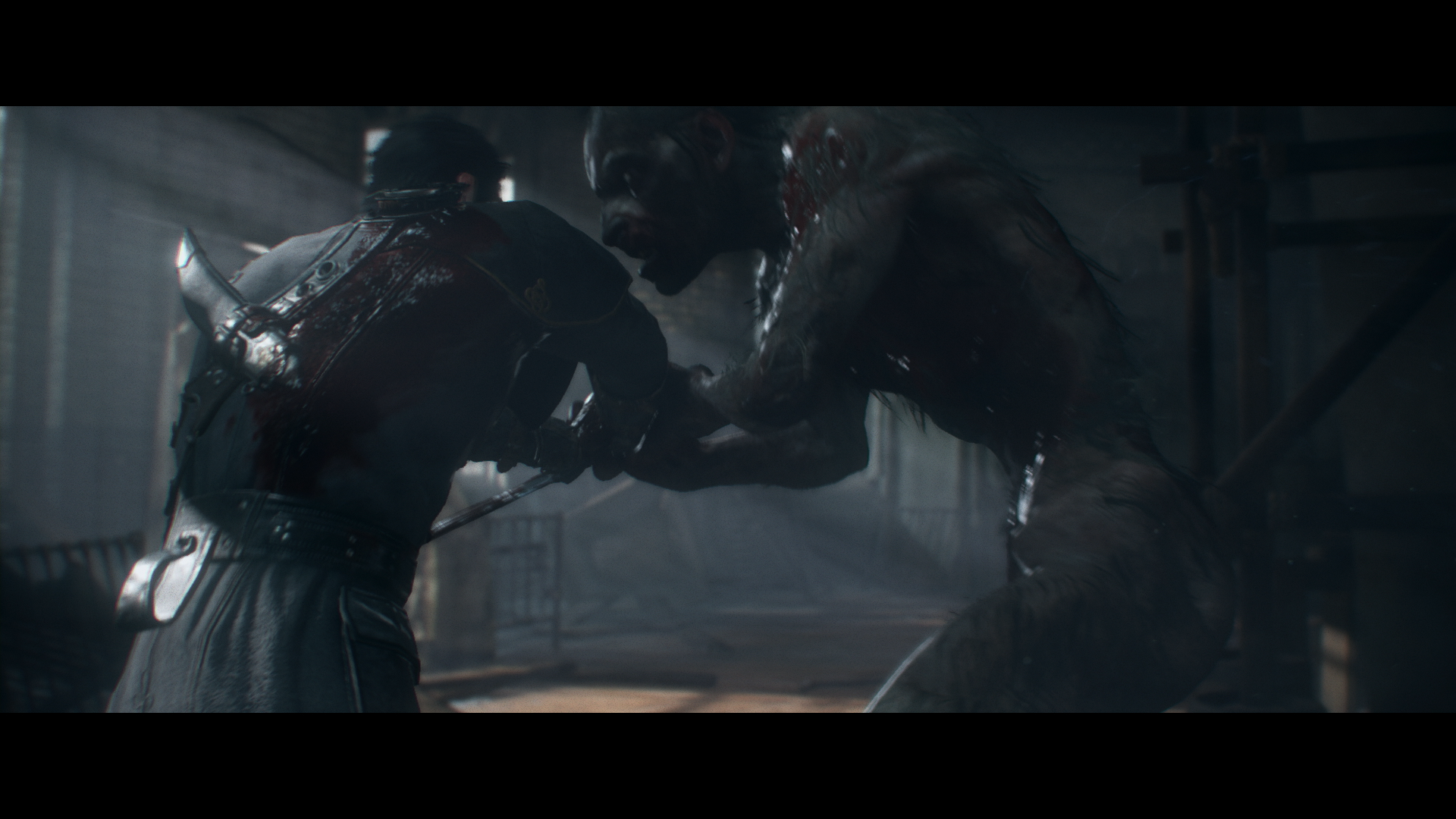
-
The Order: 1886
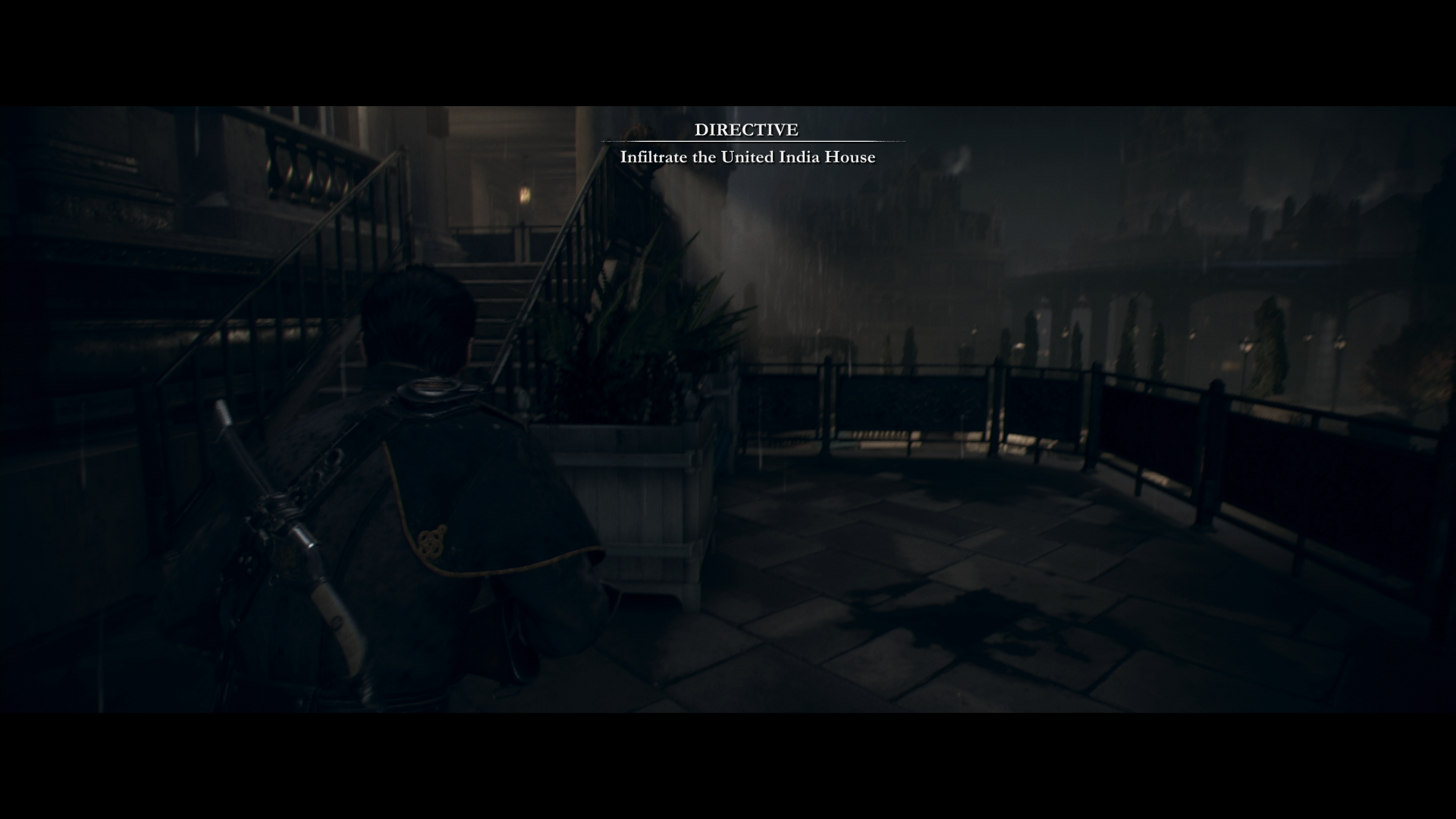
-
The Order: 1886
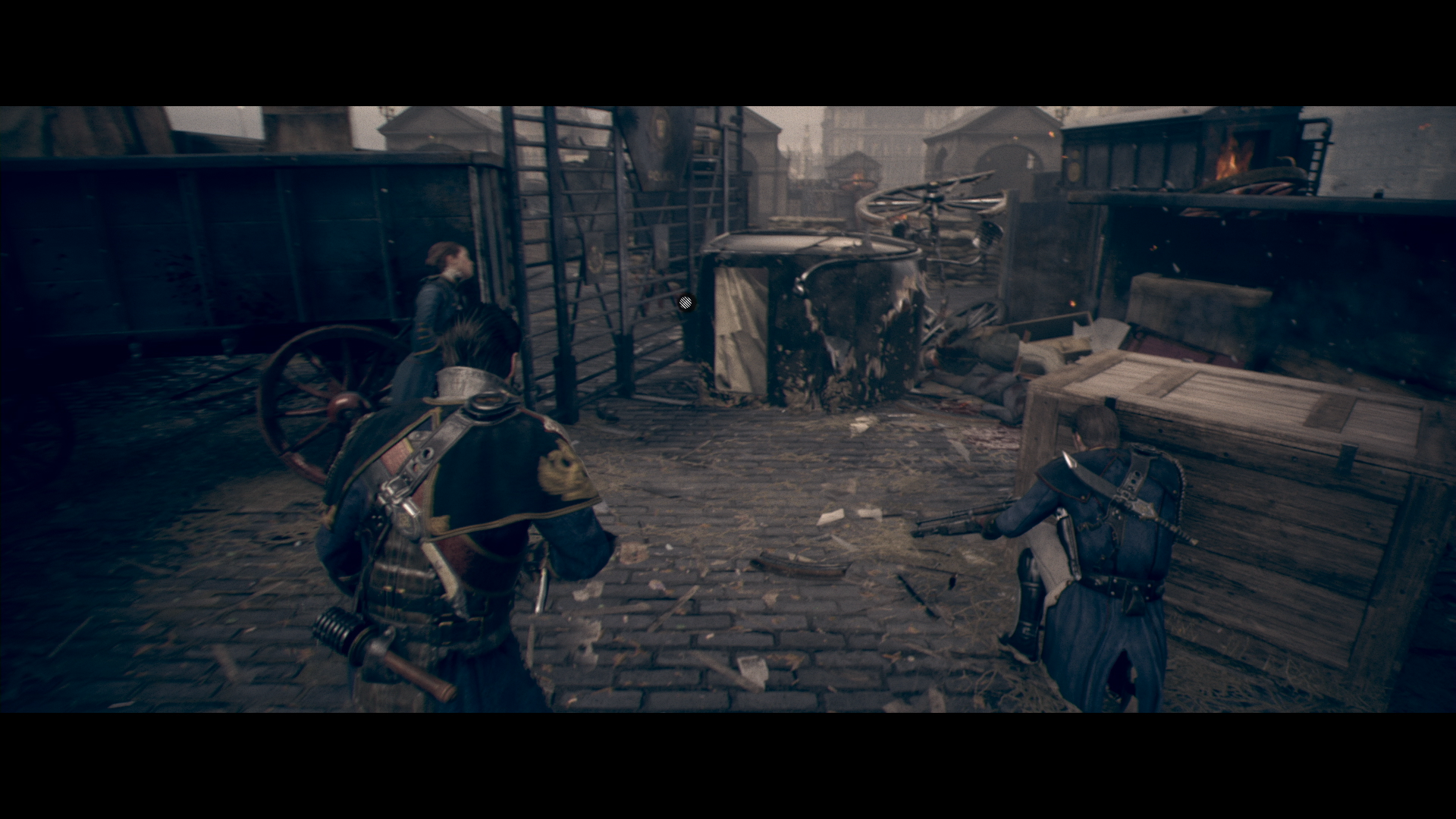
-
The Order: 1886
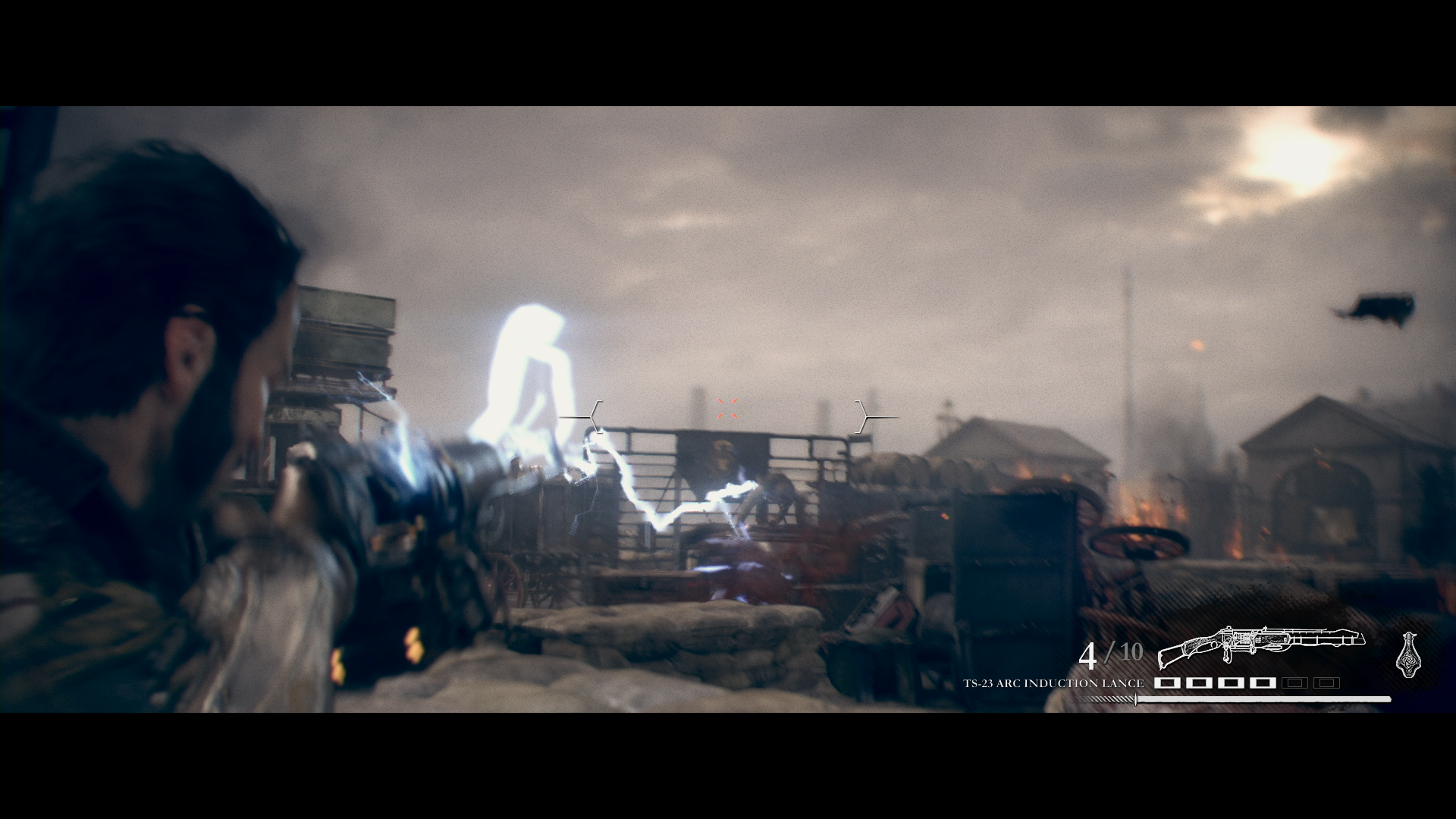
-
The Order: 1886
